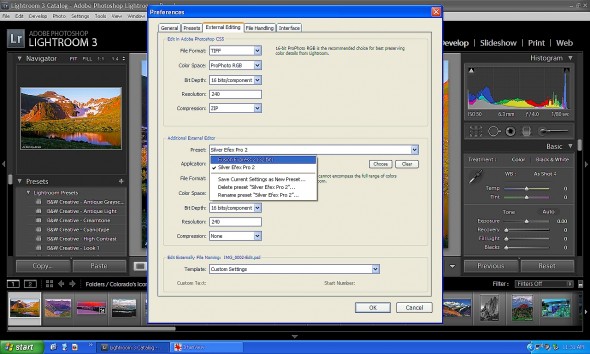

I know that eventually I’ll be turning this image back and white, but before that I want to add some kind of analog effects to this. Next I want to do something that’s pure creative. It’s well exposed, but some of the highlights - notably on the white paint over his eye on the right side of the image where the sun is hitting - are a little bright, so I’ll bring those down with the Highlights slider. It’ll make for a big file, but I like the flexibility.įor this particular photo, there isn’t much to do. So I’ll start with Adobe Photoshop so every adjustment can be a smart adjustment that can be re-edited at any time. But I know I’m going to apply a bunch of Nik tools to this one. I like to do as much work as I can to the RAW file, which for most photos means DxO PhotoLab or Adobe Lightroom. When you first open a RAW file in Adobe Photoshop, you start in Bridge, which is your RAW decode process. This will give you access to the entire Nik Collection. In the event you’re using Adobe Lightroom CC (the cloud-based version), while you can’t access the Nik plugins from within Lightroom, you can do your global corrective edits and then open a Photoshop file. You could also send your photo from Adobe Lightroom CC Classic, from DxO PhotoLab, or any other host app that supports the Nik plug-ins. Here’s a real-world example! I’m going to be using Adobe Photoshop as the host for the image, because with Smart Objects, that gives me the most flexibility throughout the process. And then do a final sharpening pass that’s optimized for screen or print at the exact size (and in the case of print paper type) that your audience will see. And if you’re going to B&W and want to add any effects that aren’t part of Silver Efex Pro, do those before the B&W conversion.

Apply any corrective edits (exposure adjustment, retouching, cropping, etc.). Strip away any noise that is there because of a high-ISO shot or even noise that’s been enhanced by pre-sharpening. The idea is that we start with an image that’s as sharp as it can be. Starting the ideal workflow with the Nik Collection by DxO Black and White conversion, with Silver Efex Pro.Creative edits, with Color Efex Pro and/or Analog Efex Pro.RAW Decoding and global corrective edits.You may not be using all of these tools, but the order should be: In brief, it’s actually pretty easy, and quite logical when you think through it. With sharpening, noise reduction and creative filters at your disposal, what’s the ideal order to run them in to get the best possible result? A common question among Nik Collection by DxO users is which filters should be used first.


 0 kommentar(er)
0 kommentar(er)
